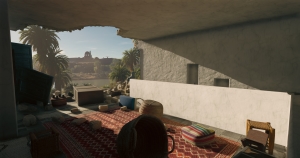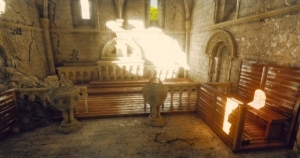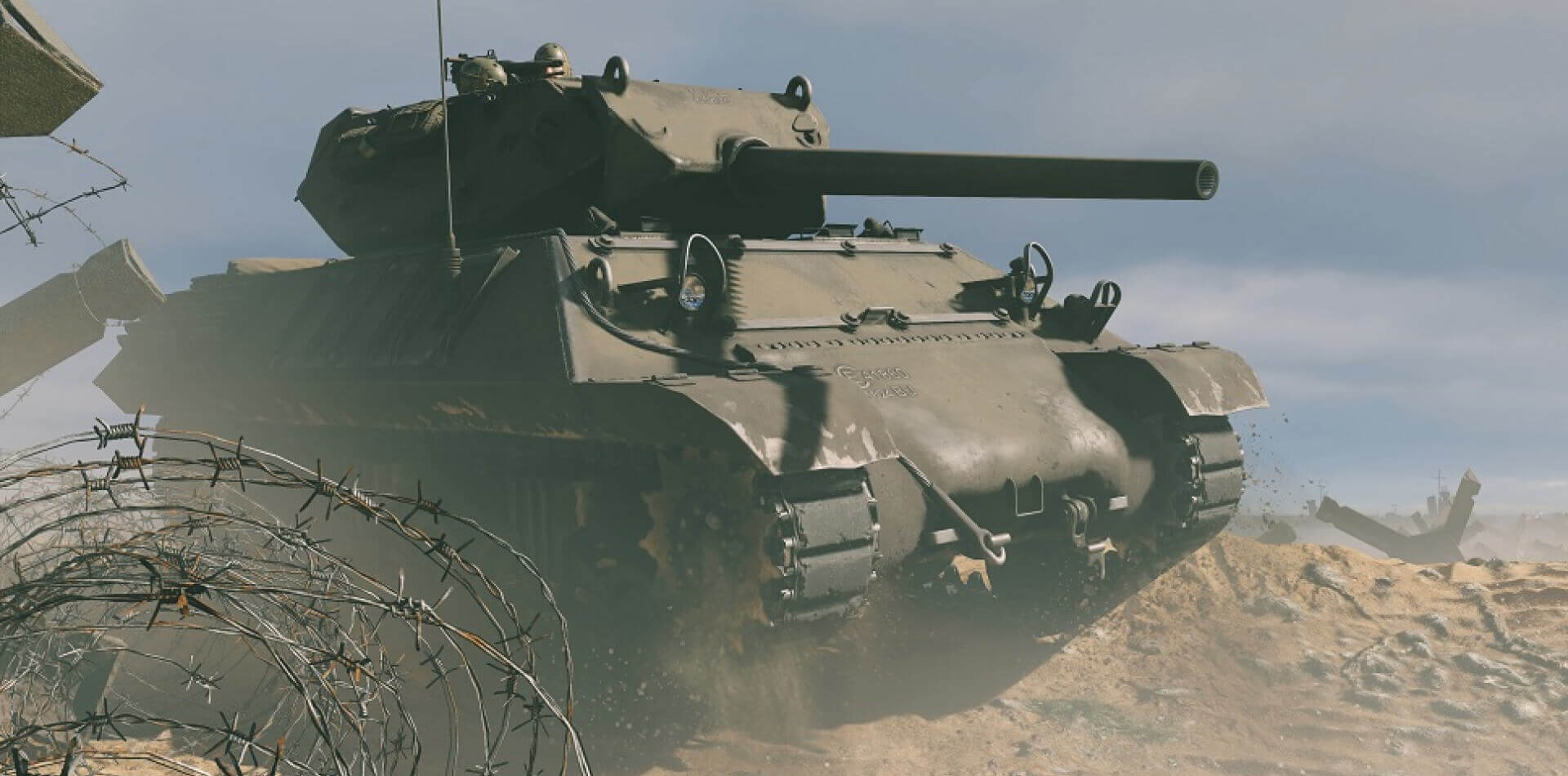GDC talk: Scalable Real-Time Ray Traced Global Illumination for Large Scenes
 |
В конце марта этого года на GDC мы представили наше решение масштабируемого глобального освещения в реальном времени для больших сцен.
Помимо создания нового контента, одной из важнейших составляющих разработки игр выступает внедрение инноваций вкупе с обеспечением их быстрой и эффективной работы. Сегодня мы хотим поговорить с вами о масштабируемом глобальном освещении в реальном времени для больших сцен, а также о его влиянии на динамические локации в Enlisted.
Обзор
Богатые деталями динамические локации являются основной особенностью Enlisted. Существует огромное количество вариаций сезонных и погодных условий, регионального климата, времени дня, которые должны гармонично сочетаться на единой карте большого масштаба (до 64 кв.км) с разрушениями, возводимыми и статичными укреплениями и разнообразным ландшафтом. При этом важно не только создать реалистичное и естественное освещение, обеспечивающее эффект присутствия, но и сделать так, чтобы оно соответствовало времени дня и погоде отдельной сцены боя — как в помещении, так и на открытом воздухе. При создании Enlisted все эти базовые элементы должны быть частью окружения, поэтому было важно найти рабочее решение, которое не оказало бы значительного негативного влияния на производительность игры.
Решение
Наше решение предлагает новую динамику освещения в реальном времени, объединяющую качество предварительно рассчитанного непрямого освещения с производительностью, сходной с современными полноэкранными техниками, в то же время поддерживающую очень большие сцены для статичного (или полу-статичного, то есть меняющегося медленно) света с крайне умеренными требованиями к памяти.
Этого удалось достичь за счёт использования особого представления освещённой сцены вокруг камеры и непрерывного расчёта важной части освещённости, что позволило обрабатывать множественные отражения непрямого света и света от различных источников (включая небо) менее чем за одну миллисекунду на консолях нынешнего поколения (и за 0,57 мс на современных GPU для ПК, таких как GTX 1070) с возможностью масштабирования и использования технологий RTX для увеличения качества.
| ON | OFF |
|
|
|
| ON | OFF |
|
|
|
| ON | OFF |
Заключение
В целом это решение обеспечивает целостное непрямое освещение со множественным отражением света, адаптивным качеством и поддержкой конфигураций аппаратного обеспечения различной производительности (от низкой до сверхвысокой), не оказывая при этом негативного влияния на игровой процесс разными настройками.
Это динамическое решение: если вы разрушите стену или уничтожите здание, свет заполнит образовавшееся пространство, а если вы воздвигнете укрепление, оно породит отражения и непрямые тени. Наш игровой движок поддерживает разные типы источников освещения плюс объемный свет без предварительной обработки с очень небольшой дополнительной нагрузкой, а также смену времени суток, разрушение и создание объектов.
 |
 |
 |
|
| Слева направо: скриншот War Thunder локации 1000+ квадратных километров. Enlisted — сцена крупным планом в здании. Enlisted — сцена снаружи здания. | |||
Благодаря этому решению игра получила инновационное комплексное решение освещения и засияла новыми красками.
Полную техническую статью (на английском языке), посвящённую масштабируемому глобальному освещению в реальном времени, вы найдете здесь.
